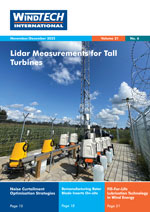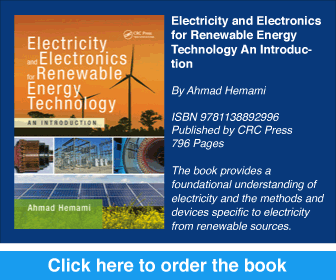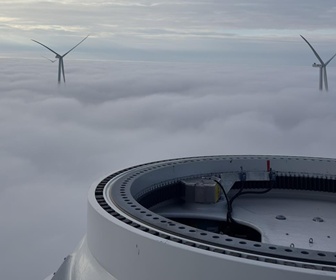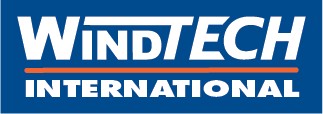The Wind Industry Standardisation (WIS) project, launched in late 2023, has published its first output: the WIS Seafastening Design Guideline. The initiative, led by Siemens Gamesa and Vestas, introduces a unified approach to the design of seafastening structures used to secure wind turbine components on installation vessels.
Modern turbine installation vessels typically transport five or six turbines per trip, requiring several thousand tonnes of steel in custom-built seafastening structures to hold nacelles, towers, and blades in place during transit. Until now, these structures have often been designed for single-use, leading to inefficiencies and waste.
The new guideline enables standardised, reusable seafastening solutions that can be applied across multiple projects. This approach aims to reduce steel waste, lower design and manufacturing hours, simplify certification, and shorten vessel modification times between projects.
The guideline has been developed with support from a broad group of industry stakeholders, including Havfram, Cadeler, Fred Olsen Windcarrier, Van Oord, RWE, Vattenfall, and Equinor. Ørsted is among the first developers to implement the new standard in its installation campaigns.
Funded by industry partners, the WIS project is sponsored and driven by Siemens Gamesa and Vestas, with Energy Cluster Denmark coordinating collaboration and implementation efforts across the sector.










